Crocadile Rock: Godzilla Lived

'Godzilla' Fossils Reveal Real-Life Sea Monster
from National Geographic
Researchers
 have unearthed fossil evidence of a 135-million-year-old "sea monster" they're calling Godzilla. A large skull of the animal was found in southern Argentina in an area that was once part of the Pacific Ocean.
have unearthed fossil evidence of a 135-million-year-old "sea monster" they're calling Godzilla. A large skull of the animal was found in southern Argentina in an area that was once part of the Pacific Ocean. Named Dakosaurus andiniensis, the creature is an entirely new species of ancient crocodile. It had a head like a carnivorous dinosaur and a tail like a fish. With its massive jaws and serrated teeth, it preyed on other marine reptiles.
Totally unique among marine crocodiles, "it is one of the most evolved members of the crocodilian family and also one of the most bizarre," said Diego Pol, a paleontologist at Ohio State University in Columbus, who served on the research team.
Unlike today's crocodiles, Dakosaurus andiensis lived entirely in the water. It measured 13 feet from nose to tail. Instead of legs, Dakosaurus had four paddle-like limbs, used mostly for stability. A fish-like tail propelled the beast through the water.
What made it especially unusual was its snout and teeth.
Until now, every known marine crocodilian had a head of one basic type, with a long snout and many sharp, identical teeth. But "Godzilla" had a short, high snout and teeth that were large and serrated, like a terrestrial reptile's.
"It is more like a carnivorous dinosaur than like a marine crocodilian," said James Clark, a dinosaur expert at George Washington University in Washington, D.C.
Pol says Dakosaurus's anatomical changes over the generations represent "the most drastic evolutionary change in the history of marine crocodiles."
The animal's unusual features suggest that it had completely different feeding habits from its relatives. While other marine crocs fed on small fish, Dakosaurus hunted for marine reptiles and other large sea creatures, using its jagged teeth to bite and cut its prey.
"The most perplexing thing about the animal is that its head shape does not appear to be well suited to a fast swimming crocodilian, because rather than being streamlined, it is somewhat high and flattened from side to side," said Clark, who was not involved with the research. "Presumably it moved its head mainly up and down rather than sweeping it from side to side, like fish-eating crocodilians."
Other paleontologists expressed admiration over the find.
"The cranial anatomy of this species expands the known range of anatomical diversity to a realm no one thought could exist," said Hans Larsson, a paleontologist at McGill University in Montreal, Canada. "It's hard to imagine now a skull shape and ecological role that crocodyliforms did not achieve."
The researchers don't yet know what events triggered the relatively sudden emergence of Dakosaurus, nor do they know what caused it to go extinct.







 what the Great Conjunction is. 'What's the Great Conjunction?'
what the Great Conjunction is. 'What's the Great Conjunction?' 
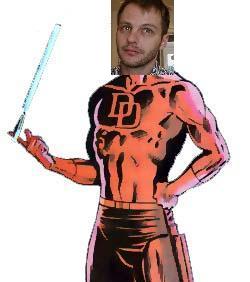



 A Is for Androids
A Is for Androids B Is for Boba
B Is for Boba C Is for Calvin
C Is for Calvin D Is for Dragons
D Is for Dragons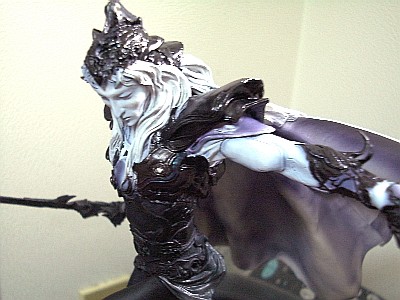 E Is for Elric
E Is for Elric F Is for Futures
F Is for Futures G Is for Genie
G Is for Genie H Is for Hobbits
H Is for Hobbits I Is for Iceman
I Is for Iceman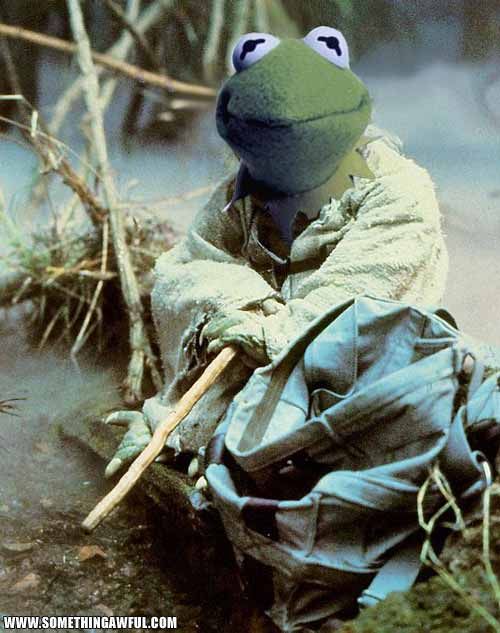 J Is for Jedi
J Is for Jedi K Is for Kraken
K Is for Kraken

































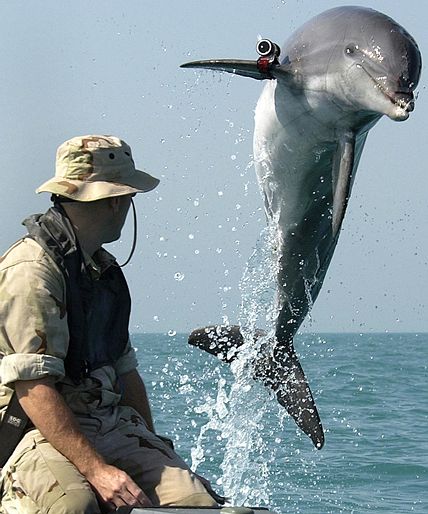

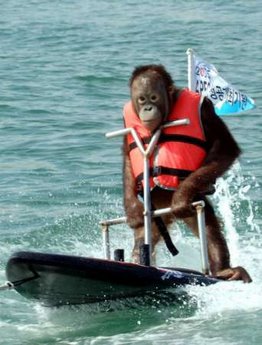





























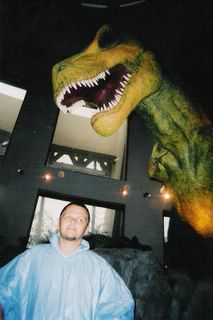



5 Comments:
I thought it was called Dick Cheney
H-Have you bugged my home?! Dickzilla is a hit around my house.
yes. and could you speak a bit louder into the vase? And please wash the mirror - it's clouding my resolution and causing the video to become all grainy.
... no comment.
and for the record, I would like to know where the garden hose, bottle of cuervo, jumper cables and billygoat figures into your friday night.
About 11:30.
And I'd like those back when you get the chance.
Post a Comment
<< Home